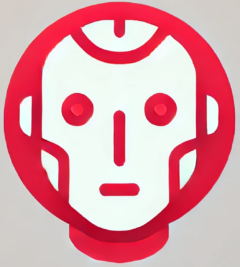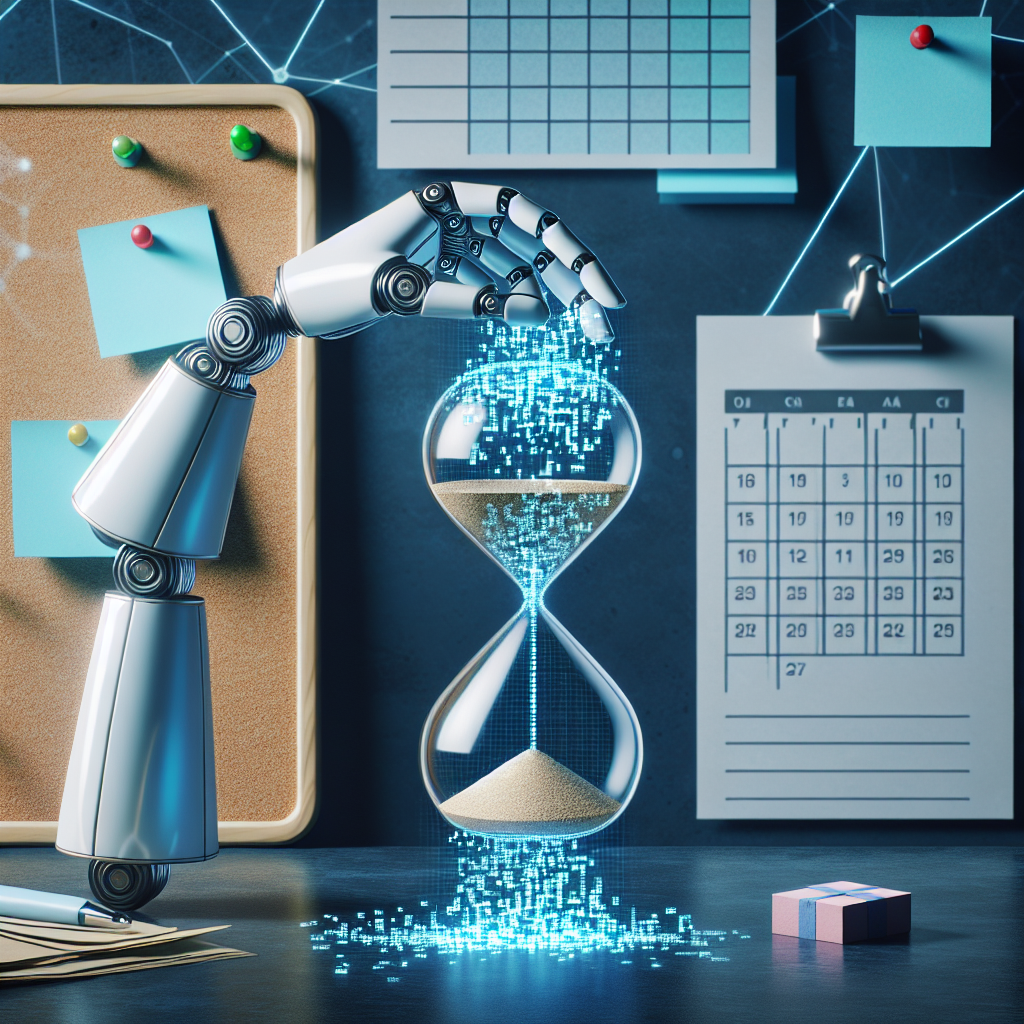AI Tools for Smarter Screen Time
At the height of the early 2000s tech boom, a now-famous Silicon Valley executive reportedly banned smartphones and iPads from his home—even though his company manufactured them. He wasn’t against innovation. He simply understood the toll unchecked screen time could take on the brain, productivity, and personal relationships. Today, even as our digital consumption increases, AI tools for smarter screen time are emerging to help us recalibrate our relationship with technology.
How AI Is Reshaping Digital Wellness
Artificial Intelligence once symbolized accelerated efficiency and deeper connectivity. Ironically, that same intelligence is now being harnessed to encourage disconnection—at least from our screens. AI-driven productivity and wellness platforms have recognized the growing desire for digital balance and are offering tools to help users regain control over their time.
By analyzing user behavior, AI can now provide personalized recommendations to reduce screen dependency. These insights go beyond clunky app timers, integrating context-aware suggestions and emotional intelligence into daily interactions with devices.
Key Features of AI-Powered Screen Time Tools
Modern digital wellness apps are increasingly leveraging AI algorithms to maximize impact. Here are some standout features:
- Behavioral Pattern Recognition: AI tracks your app usage history and recognizes patterns that indicate overuse or mindless scrolling.
- Smart Notifications: Instead of bombarding you with alerts, AI tools send reminders to take breaks only when they detect extended use or stress patterns.
- Focus Mode Automation: Tools like Forest and Ochi leverage AI to automatically trigger concentration modes during known work hours or tasks, minimizing distractions.
- Adaptive Scheduling: AI can suggest ideal times for deep work, leisure, and digital breaks based on your energy level, productivity trends, and sleep patterns.
Reducing Screen Time Without Sacrificing Productivity
One of the biggest challenges users face when reducing screen time is the fear of missing out on important workflows, connections, or notifications. This is where AI truly shines. Rather than applying a one-size-fits-all digital detox, AI customizes the experience:
- Curates essential information and filters out non-urgent messages
- Uses sentiment analysis to detect digital fatigue and recommends mental breaks
- Implements guided meditations or cognitive exercises when attention span dwindles
These intelligent systems promote sustainable tech habits, offering a balanced blend of connectivity and cognitive rest. This emerging field—often dubbed “AI wellness tech”—is not about disconnection for the sake of it. It’s about mindful integration.
Example Tools Leading the AI Digital Wellness Movement
Several platforms already embody these principles elegantly. For example:
- Opal: An AI-enhanced distraction-blocking app that helps users stay focused without feeling restricted.
- RescueTime: Uses powerful analytics to track task priorities and recommend downtime intelligently.
- HabitLab: A research-backed Chrome extension from Stanford University that adapts over time to improve your browsing habits.
As these tools evolve, expect more voice-activated suggestions, wearable integration, and deeper biofeedback responses. If you’re interested in the scientific rationale behind these innovations, this study on AI and digital addiction prevention provides a detailed overview of current capabilities.
Conclusion: A Smarter Way Forward
AI tools for smarter screen time signal a pivotal shift: from tech overload to tech empowerment. Rather than resisting AI, we can now embrace it to rebuild healthier boundaries with our devices. As we usher in a more conscious digital age, these innovations will help us move from distraction to intention—one data-driven choice at a time.

